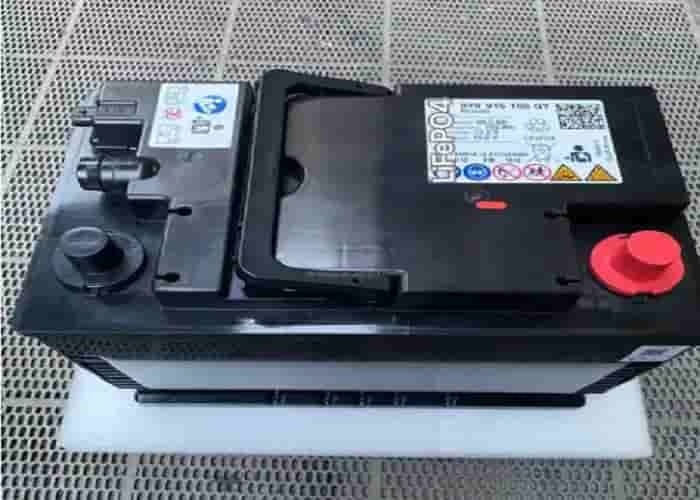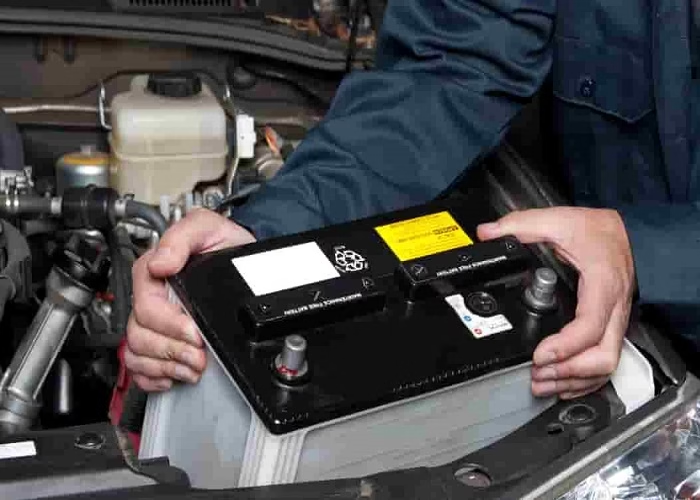What are the misconceptions to be avoided when installing charging piles? The installation of charging piles, as a key link in the use of new energy vehicles, involves multi-dimensional issues such as power safety, usage efficiency and long-term costs.
Some users directly equate the power of charging piles with the power of household electrical appliances, mistakenly believing that 7kW charging piles only need to be powered by ordinary sockets. Household sockets are usually rated at 10A, so forcing a 7kW charging post into the house will lead to overheating of the wiring, burnt out fuses and even fires.
You need to check the capacity of the main switch, meter size and wire diameter of the household through the electricity department, and apply for additional capacity if necessary. For example, a Tesla 7kW charging post requires a separate 40A dedicated line, and the power supply is split with other high-power electrical appliances in the home (e.g. air conditioners).
In order to save cost, the user chooses to extend the charging cable to the car park without considering the voltage drop. A cable that is too long or has insufficient wire diameter will result in a 10-20% drop in charging efficiency, and even trigger overload protection for the charging post. Calculate the cross-sectional area of the cable according to the power of the charging pile, and give priority to the national standard copper core cable with a wire loss rate of <3%.
Failure to provide load-bearing reinforcement for lift-and-transverse parking spaces, or failure to reserve the vertical/horizontal distance between the charging pile and the charging port of the vehicle, resulting in equipment overturning or cable extrusion. Installation of galvanised steel plate with thickness ≥3mm for load-bearing base and use of retractable cable winder or magnetic cable holder to avoid cable dragging and abrasion.
What are the mistakes to be avoided when installing charging piles? By avoiding the above mistakes, users can achieve safe, efficient and economical installation of charging piles. It is recommended to give priority to the construction team with electric power design qualification and require more than 3 years of warranty service, as well as regularly check the insulation performance and grounding resistance of the charging pile to ensure long-term stable operation.















Leave a Reply